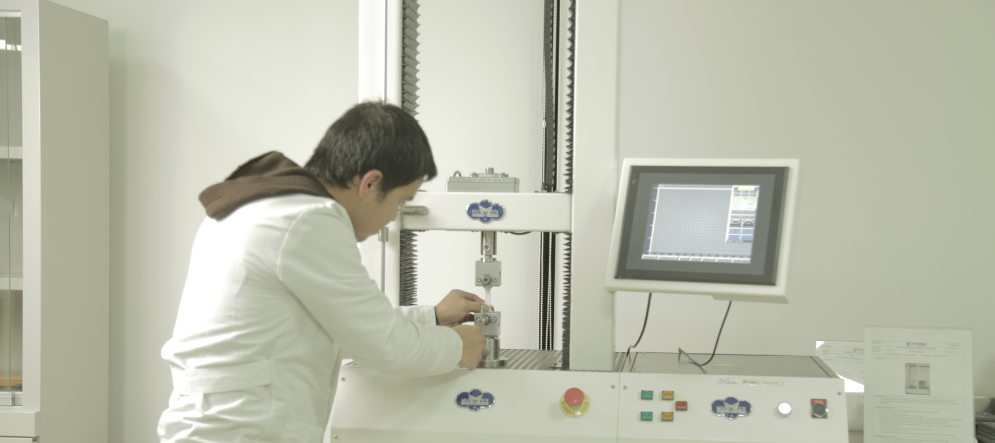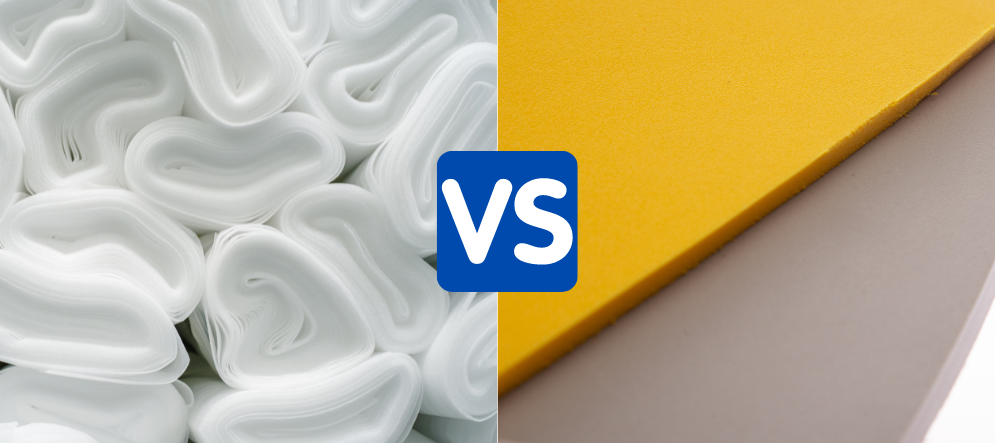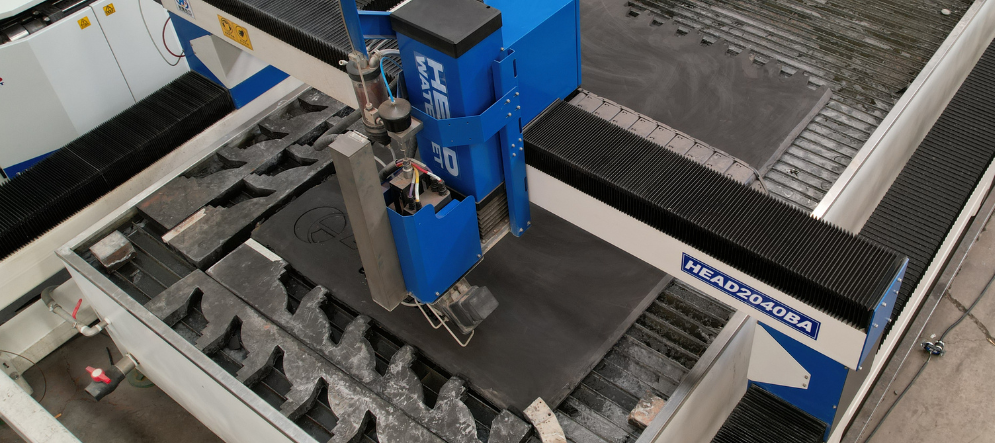One of the main queries buyers have when hearing the terms EVA Foam, Crosslink Foam and XLPE (known by these names, although they are the same input) is when to use each of these compounds as raw material in the material formulation.
This subject matter is also of interest to those who work with the material in their manufacturing processes, as the properties of the Crosslink Foam sheet or roll they receive after placing their order will depend on the chemical formula used in manufacturing: the EVA base provides greater flexibility and the Polyethylene base provides greater rigidity.
Crosslink EVA-based Foam is obtained by adding a higher percentage of vinyl additive to the ethylene base used in the manufacture, which increases the softness and elasticity of the compound obtained, thus achieving a more manageable and flexible consistency, making the foam softer to touch.
Conversely, when producing XLPE (Crosslink Polyethylene-based Foam) the added chemical agent has a lower proportion of vinyl additive; in this case the material has a structure that makes it more rigid, with a smooth surface, high impact absorption capacity and chemical resistivity.
Thus, EVA base is preferred when working for industries that require foamy, manageable and soft material, such as the footwear industry. On the other hand, when working with a Polyethylene base, Crosslink foam gains in resistance and can be used in applications typical of the automotive industry, as well as for packaging, or in sporting goods.
At Evacolors we have manufactured Polyethylene- and/or EVA-based Crosslink Foam for different industries and applications for over 20 years, with own formulas and always according to customer needs. If you are looking for an EVA or XLPE Crosslink Foam supplier to suit your specific requirements, please contact us.



